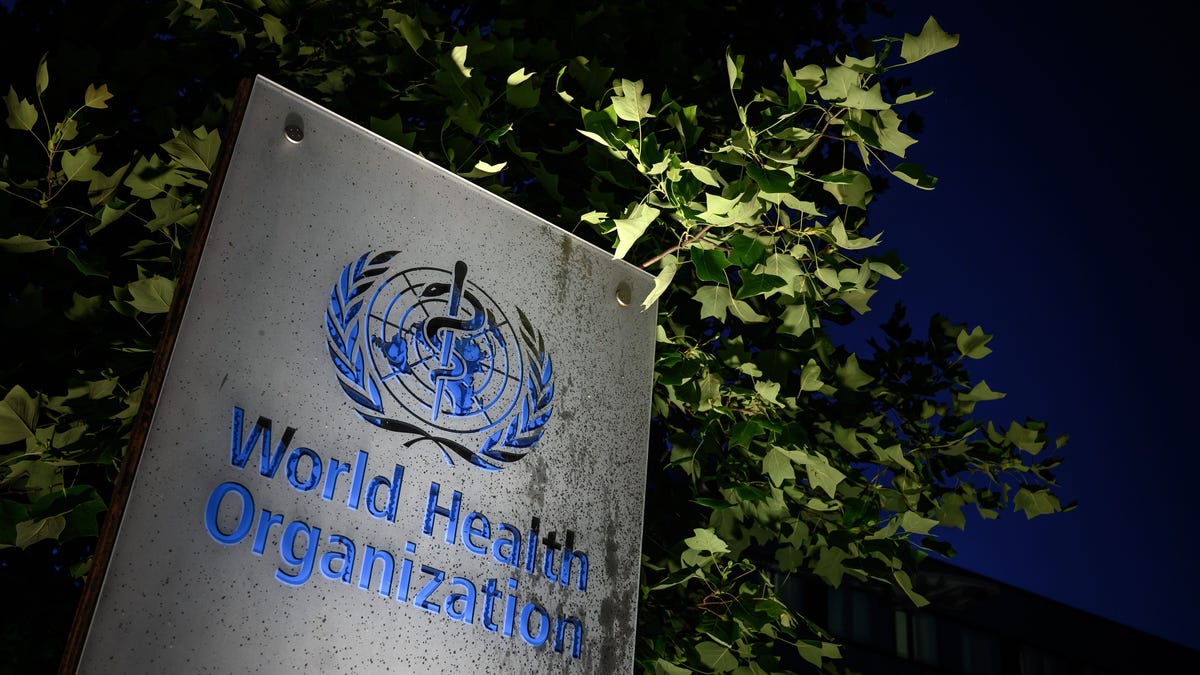
The World Health Organization (WHO) has updated the terminology for airborne and respiratory viruses, including COVID-19, to be called 'pathogens that transmit through the air.' The WHO now discourages differentiating between aerosols and larger droplets, stating they exist on a continuous spectrum of sizes. This update aims to eliminate confusion in communicating how these pathogens are transmitted among human populations.
The international health agency consulted hundreds of experts from various scientific fields following the lack of common language used during the COVID-19 pandemic response. The discrepancies in terminology led to real consequences, such as delayed recommendations for mask usage early in the pandemic.
In a report published on April 18, 2024, the WHO stated that these viruses will now be referred to as 'pathogens that transmit through the air.' The update covers various respiratory illnesses like COVID-19, influenza, measles, Middle East respiratory syndrome (MERS), severe acute respiratory syndrome (SARS), and tuberculosis.
The WHO's previous use of terms such as 'airborne,' 'airborne transmission,' 'droplets,' and 'aerosols' was inconsistent, leading to confusion. The new report discourages the differentiation between aerosols (smaller infectious respiratory particles) and larger droplets, stating they exist on a continuous spectrum of sizes.
The WHO also emphasized that disease names can have negative implications and stigmatizing effects. In 2015, the organization issued best practices guidance for naming new diseases to avoid using geographic locations, people's names, animals, or food in disease names.
Leading health agencies from around the world collaborated on this update. The consultation report was published with contributions from experts and public health agencies such as the Africa Centres for Disease Control and Prevention, Chinese Center for Disease Control and Prevention, European Centre for Disease Prevention and Control, and United States Centers for Disease Control and Prevention.

